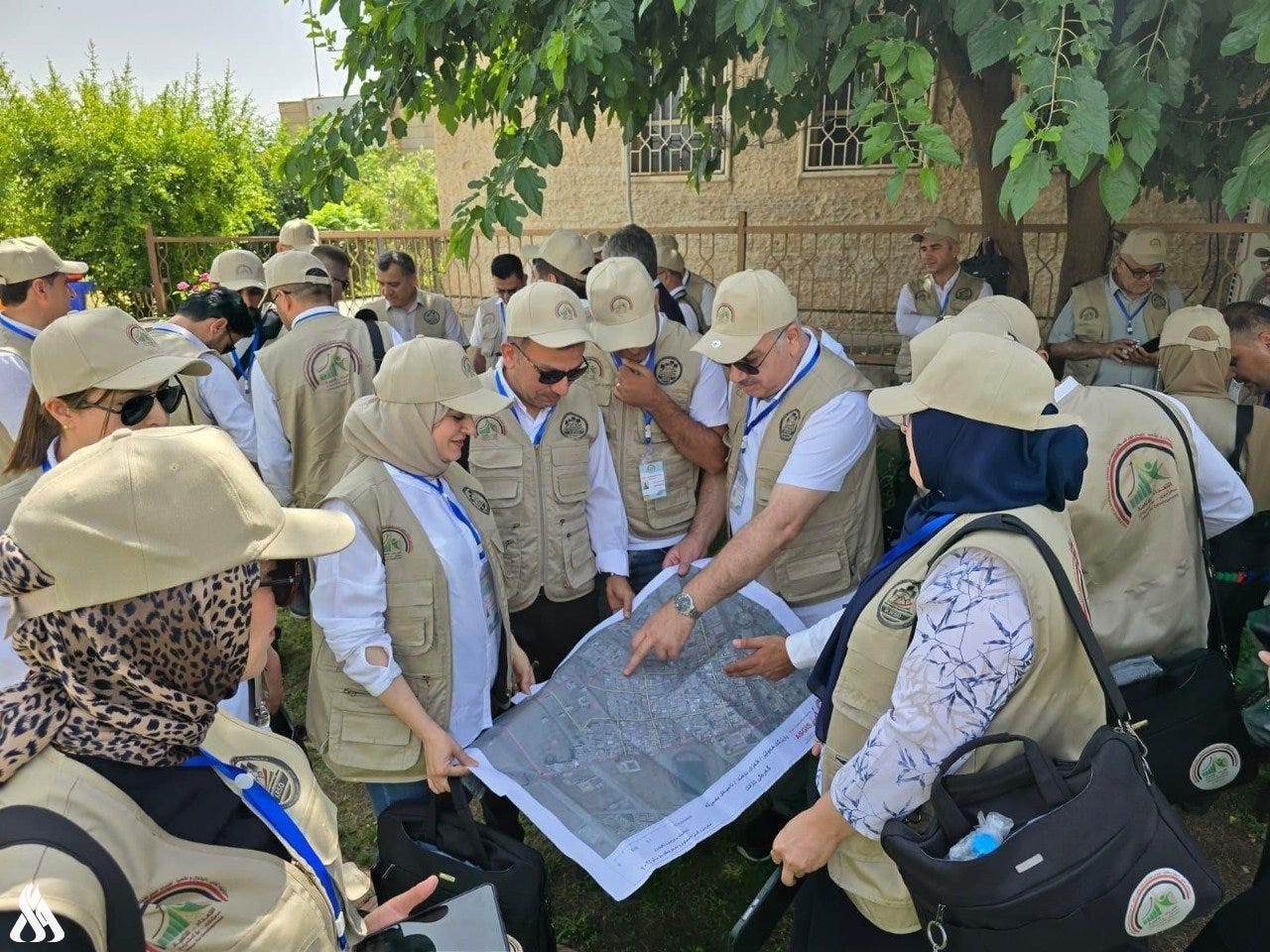Preliminary results of Iraq Census 2024 released
The government has released the preliminary results of last week’s nationwide census, during which households were asked to provide basic details about all members. A final round of surveying is taking place between November 22 and December 15, focusing on a detailed set of enhanced questions about socioeconomic conditions, access to basic services, and…


